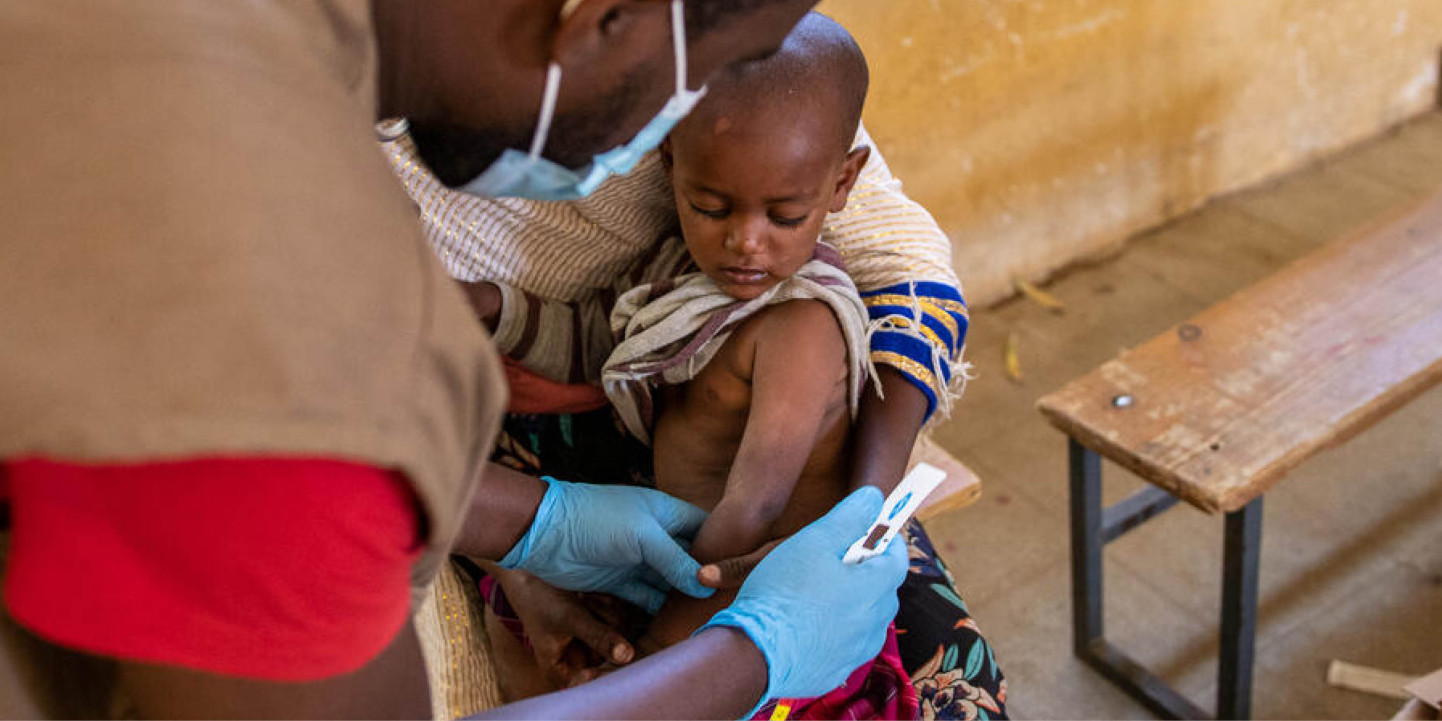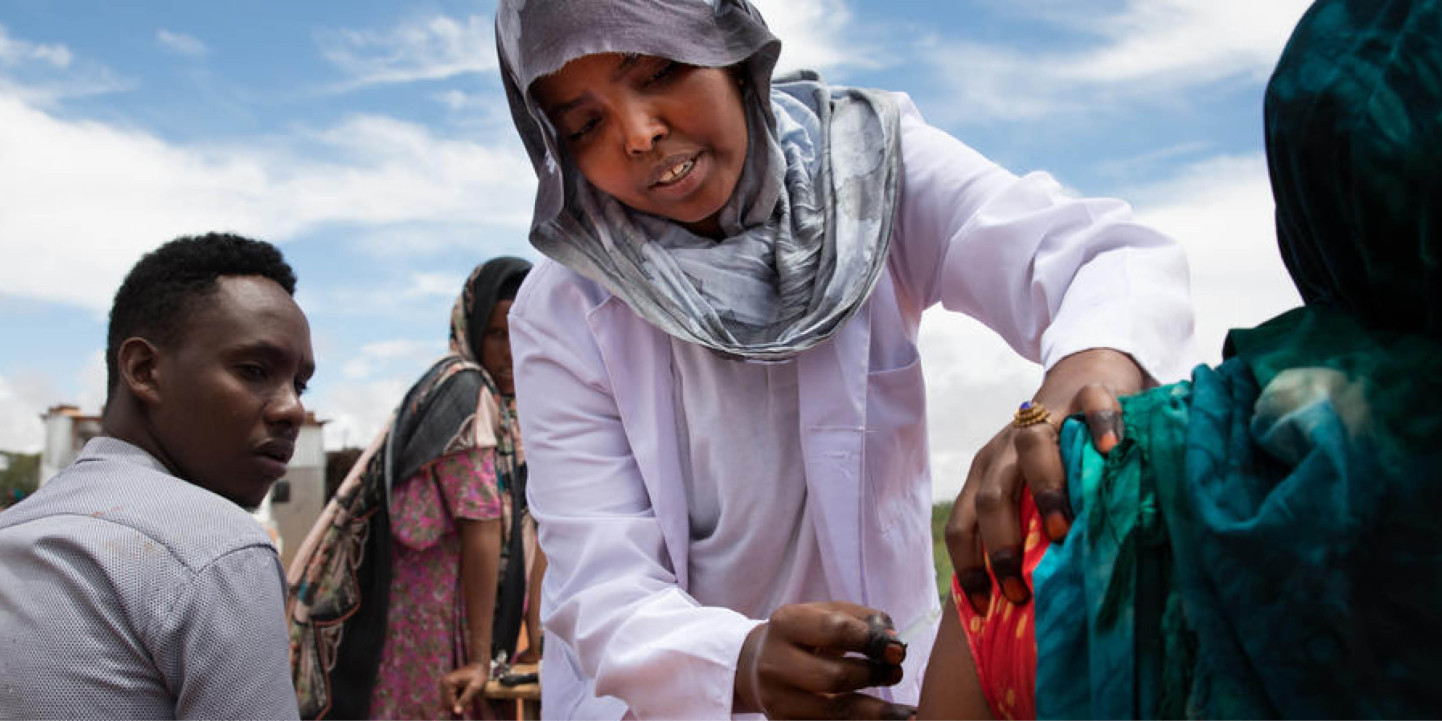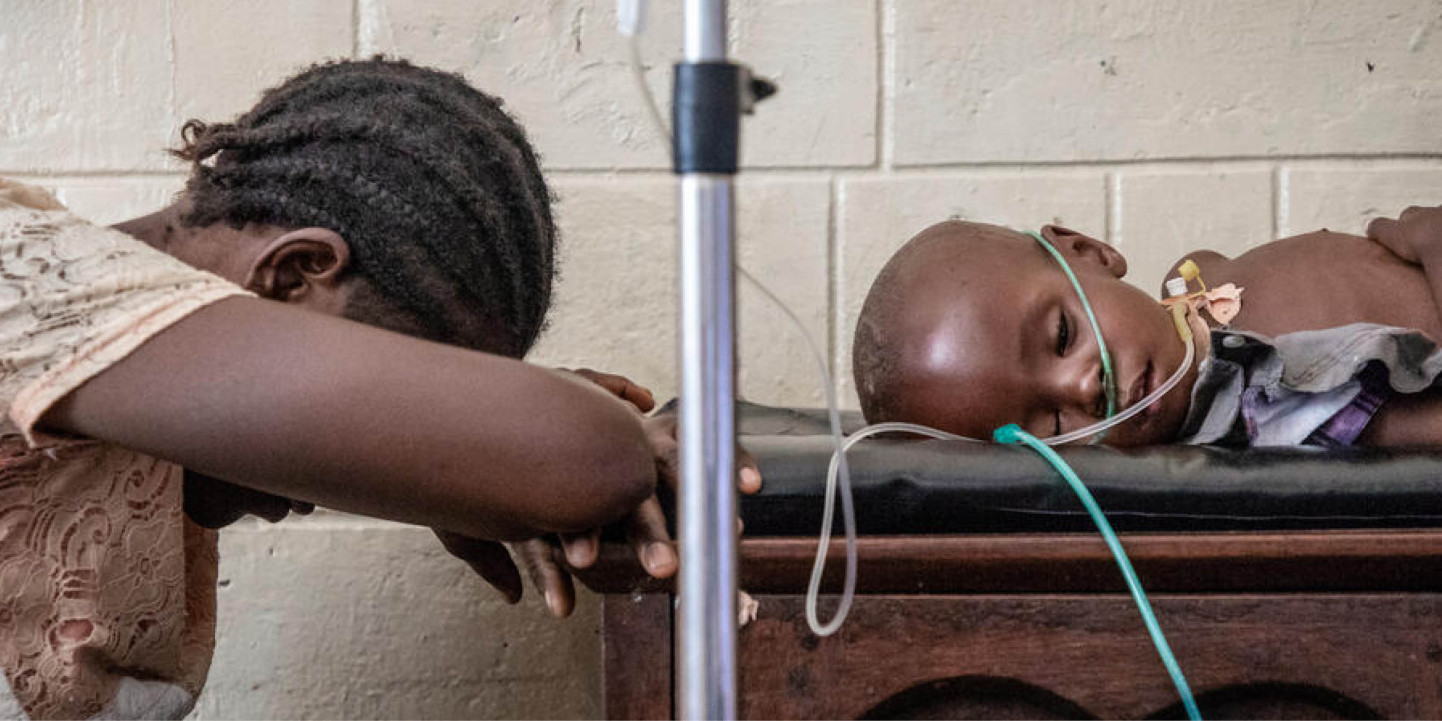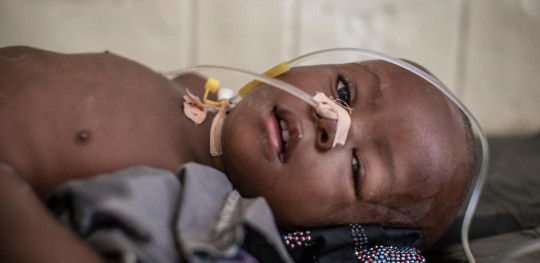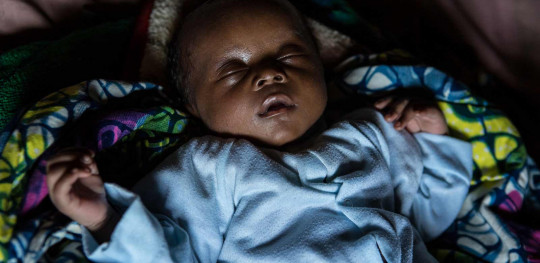The world's deadliest disease
Pneumonia is the leading cause of preventable child deaths, killing over 800,000 under fives each year.
Pneumonia kills a child every 39 seconds and the situation could become even more serious as a result of health service disruptions caused by the coronavirus pandemic.
Stand with us and help us fight back.
Why pneumonia in children is so dangerous
Here's the simple truth: pneumonia stalks the weakest. However, the factors that allow it to kill so many children are more complex.
In the world’s toughest countries, it’s the poorest and most vulnerable children who are more likely to suffer. Conditions like malnutrition and diarrhoea leave them weak and at greater risk of pneumonia.
They’re also exposed to dirty air that makes their little lungs vulnerable to infection and bacteria. For many children, the odds are stacked against them from the day they’re born. A lottery of birth is denying them access to the life-saving healthcare they desperately need.
They’re not getting the necessary vaccinations, and their symptoms aren’t being spotted until it’s too late.
Pneumonia leaves an estimated 4.2 million under-fives in 124 low- and middle-income countries with critically low oxygen levels.
Despite the facts, many people don't realise just how deadly pneumonia is for young children.
What we're doing to help combat pneumonia
Despite its prevalence, we know how to prevent and treat pneumonia.
We partner with UNICEF in nine countries and in Nigeria, helped frame the country’s first anti-pneumonia strategy, while our advocacy has seen anti-pneumonia vaccination introduced into Indonesia's immunisation programme.
We played a key role in organising the first ever Global Forum on Childhood Pneumonia, and we've partnered with a brilliant advocacy coalition called Every Breath Counts to get issues like medical oxygen supply on the international agenda.
We're also calling on governments to strengthen health systems and ensure all children have access to healthcare, regardless of where they are. We can't fight this alone.
Luc's* Story
Luc* is 19 months old and has severe pneumonia.
Luc’s mother first started to worry when Luc developed vomiting and diarrhoea. After this he started coughing heavily and was struggling to breathe. For five days Luc’s mother treated him at home and at local centres. Although she was worried about him, she knew that she would struggle to pay for the hospital bills.
As Luc’s health continued to worsen, his mother had to take him to hospital, despite not knowing how she could pay the bills.
By the time they arrived, Luc was comatose and Dr Emile was alarmed at how fast his breathing was and that his oxygen saturation was 7% lower than it should be.
The doctors immediately put Luke on Oxygen and gave him a blood transfusion. They also started a course of antibiotics. After a terrifying 24 hours in which the Luc continued to deteriorate, he began to respond to the medication.
Luc is now conscious and stable.
* Luc's name has been changed to keep him safe
Pneumonia kills more than 2,000 children every day.
Nigeria had the largest number of child pneumonia deaths in 2018, followed by India, Pakistan, the Democratic Republic of Congo and Ethiopia. Together, these five countries account for more than half of all deaths due to pneumonia among children under five years.
Almost all child pneumonia deaths are preventable. That pneumonia remains so deadly demonstrates the vast health inequalities affecting the poorest and most marginalised of children. We're working to change this.
We're calling on governments around the world to take action to address childhood pneumonia.
Pneumonia at home
Even at home in Aotearoa New Zealand, pneumonia can affect children living in poverty, especially those living in unhealthy, damp homes. More than 30,000 Kiwi children are hospitalised every year due to preventable illnesses caused by unhealthy housing, while childhood pneumonia mortality rates are four times higher for Māori children, and more than five times higher for Pacific children than for other New Zealanders.


